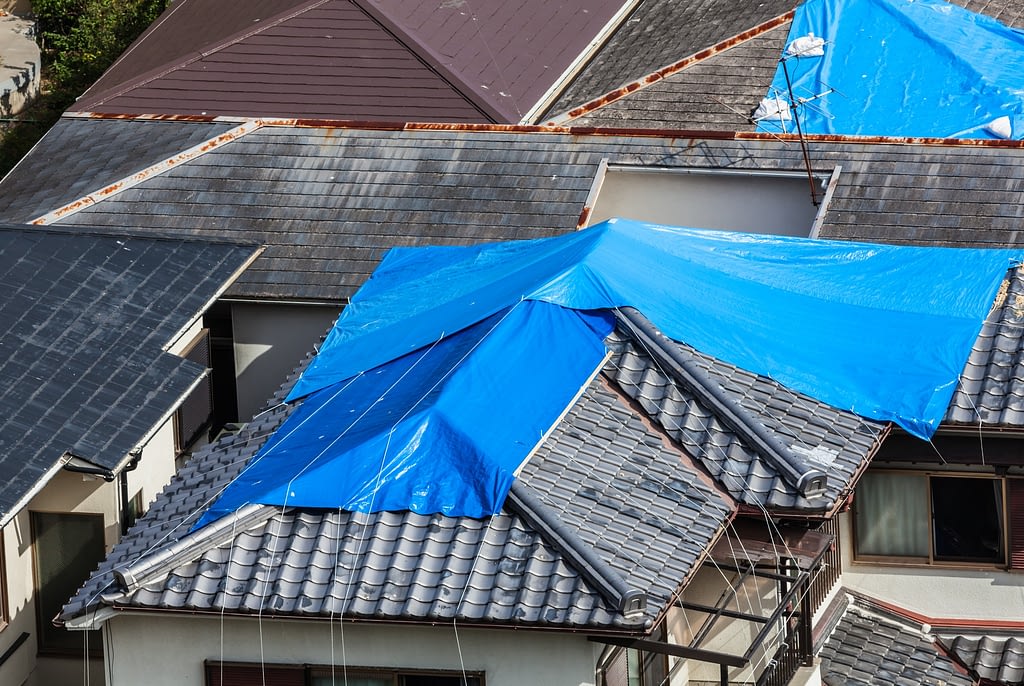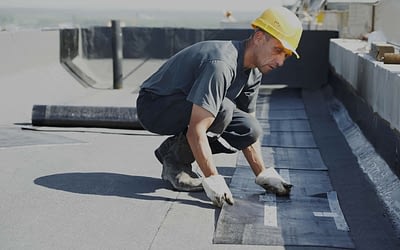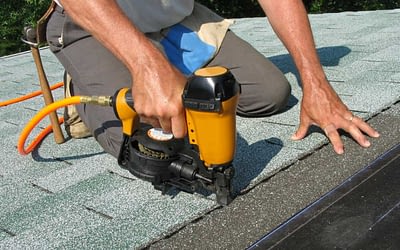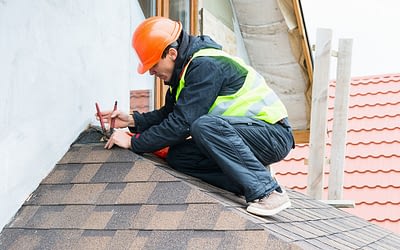Roof Damage by Storm: What You Need to Know
Owning a home in Oklahoma means you’ve got to be prepared for a lot of chaotic weather. Our tornado season tops out from April to June, and is followed by a hot summer riddled with thunderstorms. What kind of damage can stormy weather inflict on your home? How about specifically on the roof of your home? The roof is often your first line of defense against the elements, so it’s wise to know the basics of how certain weather patterns can damage your roof and what to do when this happens.
Hail Damage:
Hail storms can be very dangerous depending on the size and speed of the hail, and not just for vehicles parked in the open! The materials of your roof greatly determine what kind of damage the hail will do, as do the age and condition of the roof as well. For example, if you have multi-layered shingles even little hailstones can cause a leak or other damage by accessing the vulnerable area under the first layer. Larger hailstones can easily puncture aluminum or crack straight through a slate roof. After a storm, be sure to check the roof vents and chimney flashing for dents. Next, peek at your gutters. If you see any granules from shingles in there, that’s a sign of hail damage.
Wind/Hurricane/Tornado Damage:
High winds can inflict serious damage to your roof, with or without hail or rain elements. Violent winds topple trees and powerlines, tear off shingles, and toss about other storm debris like broken glass, all of which cause a lot of harm. Typically wind damage will involve granule loss and damage to fascia underneath. Add in a rain to get a hurricane, and the immediate threat of excess water getting in under those missing shingles increases damage risk. One of our tornadoes could even pull your entire roof straight off your home. An Act of God insurance policy is going to be key!
Rain Damage:
Seeing as we get a lot of summer rain, make sure you keep an eye out for water damage. This could be leaks in the attic or home, stains on the walls, rot, mold, or cracks. These are the kinds of problems that, if left unaddressed, only lead to more damage and headache. It is especially important to act quickly and contact the professionals if you suspect rain damage. Most homeowner insurance policies cover rain damage unless it is proven to be caused by homeowner negligence.
Lightning Damage:
Terrifying as it is to consider, a lightning strike on your home is possible. The biggest danger for your roof and house when it comes to lightning? Fire. The fire will usually spark the rooftop first due to the lightning needing to work through that material to find it’s next easy conductive target. The powerful shock waves created by lightning can also blast shingles off the roof, crack the structure, break windows, etc.
Ice Damage:
Ice dams are a pesky problem winter weather can bring to your roof. They are formed by snow melting down the roof and refreezing around the edges. The pile builds up and the heat coming from inside the house keeps melting the layer closest to the structure, so it can easily lead to leaks if it isn’t taken care of. Most policies will cover winter storms, but the condition of your roof and other factors are involved in the evaluation, so make sure you’re aware of the details before making the claim.
Solutions After the Storm
What is the best thing to do after realizing your roof has endured damage from a storm? Act quickly. You’ll want to reach out to your insurance company as well as hire a dependable roofing contractor that understands the insurance claim process. Here are some helpful reminders for filing a damage claim:
- When you call your agent, keep your policy on hand for easy reference.
- Be detailed. Include what kind of storm it was, the time window of occurrence, and any specifics about what kind of damage was incurred.
- Ask questions. Make sure you go over any deadlines, proper filing procedures, and claim payment policies.
- Talk about what extent of repairs/replacements your policy will cover.
- Schedule an appointment with the insurance adjuster who will examine the damage and determine the cost. Ask your roofing contractor to attend this meeting as well to confirm the accuracy of the claim.
We hope this has left you a little more prepared for what the weather might bring! Call us at Trademark Construction and to inspect and repair your roof’s storm damage.



